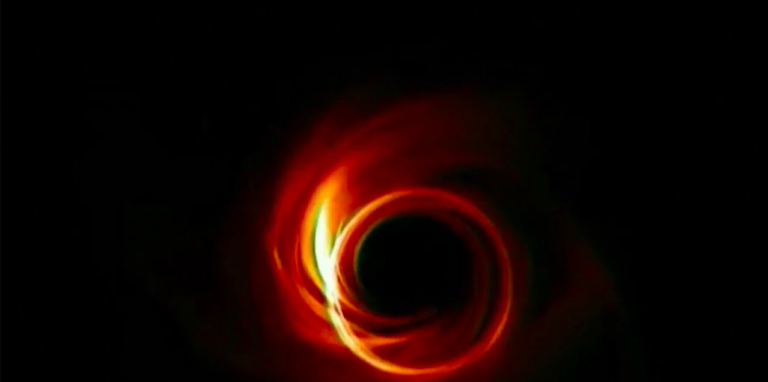Scientists say supermassive black hole spins fast enough to warp space-time
Supermassive black holes are incredibly massive celestial objects found at the centers of most galaxies, including our own Milky Way. They have masses equivalent to millions or even billions of times that of our sun, compacted into an extremely small space. Despite their enormous mass, they have such a high gravitational pull that even light cannot escape from them, rendering them invisible to direct observation.
These black holes are believed to form and grow through the accretion of matter, such as gas and stars, and they play a significant role in the evolution of galaxies. As material falls into a supermassive black hole, it forms an accretion disk, heating up and emitting vast amounts of energy across the electromagnetic spectrum. This process can produce some of the most luminous and energetic objects in the universe, known as active galactic nuclei (AGN).
Studying supermassive black holes provides insight into fundamental astrophysical processes, galaxy formation, and the interplay between black holes and their surrounding environments.
Scientists say Sagittarius A, a supermassive black hole 26,000 light years from Earth, spins so fast it warps the fabric of space-time around it. Astrophysicist Dr. Paul Sutter joins NBC’s Ellison Barber to explain the discovery.
Do not forget to share your opinion with us to provide you with the best posts !




0 Comments